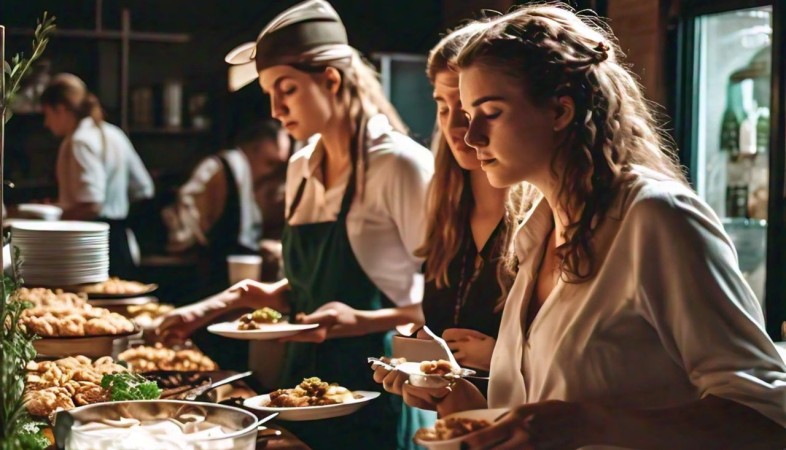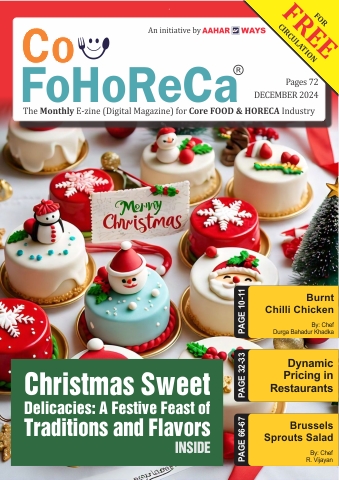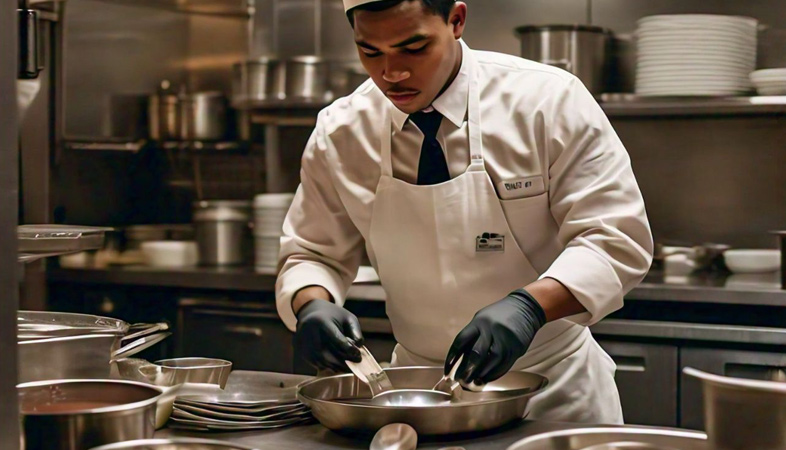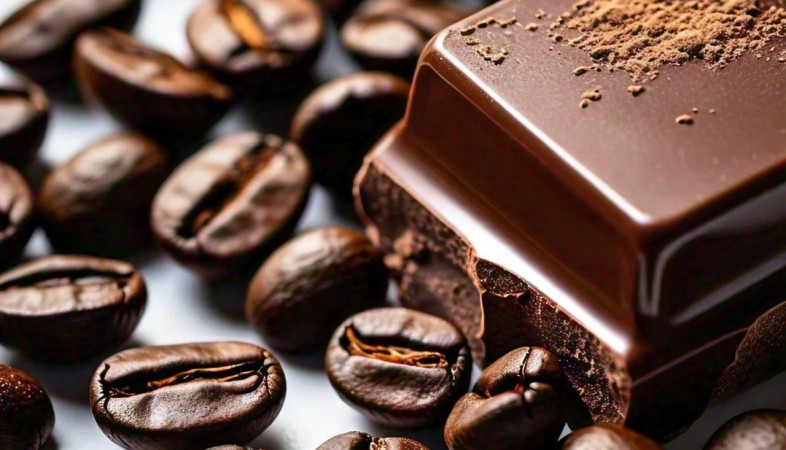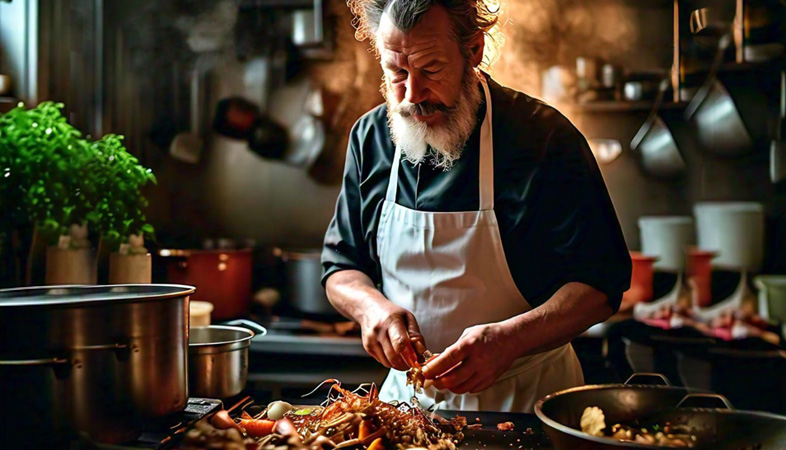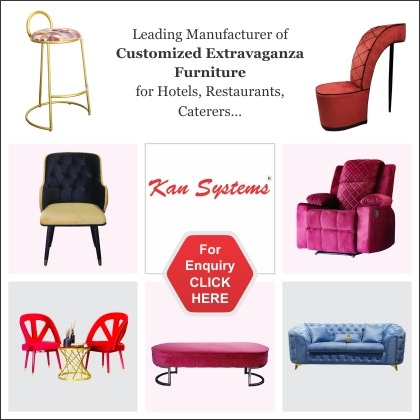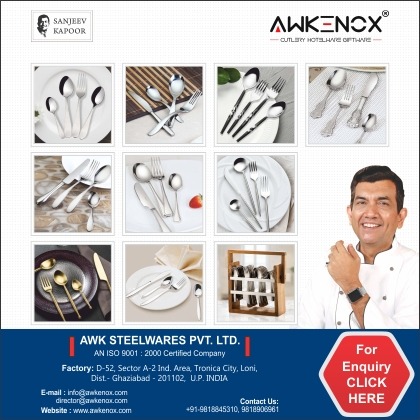Themed Buffets: How to Design Eye-Catching Displays
Themed buffets are an excellent way to elevate any gathering, transforming the dining experience into something memorable and exciting for everyone involved.
Buffets are a popular catering option for a variety of
events, offering guests a chance to sample different dishes and enjoy a relaxed
dining experience. However, a successful buffet is not just about the food—it’s
about creating an experience that engages all the senses, particularly the
visual one. A well-designed buffet display can elevate the entire event,
impress guests, and encourage them to interact with the food. Here are some
tips on how to design eye-catching and thematic buffet displays that will leave
a lasting impression.
The first step in designing a themed buffet display is to choose a strong, clear theme. The theme sets the tone for the entire display, guiding everything from the table setup to the food and decor. Popular buffet themes include rustic farm-to-table, tropical island, vintage elegance, or even specific cultural cuisines like Italian, Mediterranean, or Asian fusion. The theme should be in alignment with the overall event, whether it’s a wedding, corporate gathering, or birthday celebration. A cohesive theme helps tie everything together and creates a memorable dining experience for guests.
Once the theme is selected, the next step is to choose the right color palette. Colors have a profound effect on the atmosphere and can help reinforce the theme. Be sure to choose a palette that works with the tablecloths, napkins, plates, and decorations to create a harmonious look.
The presentation of the food is equally important as the taste. Guests eat with their eyes first, so arranging the food in a visually appealing way is key to a successful buffet display. Varying the height of the food stations can make the display more dynamic and interesting. Use risers, tiered platters, or stacked crates to add depth and visual interest. This not only makes the buffet more visually engaging but also allows guests to easily access food from different angles, preventing crowding around a single table.
Incorporating decorative elements into the display can further enhance the theme and make the buffet more immersive. For example, for a garden-themed buffet, fresh flowers, greenery, and rustic wooden crates can be used to create a natural, organic vibe. For a vintage theme, delicate lace tablecloths, antique glassware, and vintage signage can transport guests back in time. Additionally, signage or labels with fun facts or descriptions about the food can add an interactive element, helping guests understand the connection between the theme and the dishes on display.
Lighting is another essential element when designing a buffet display. Proper lighting can help highlight the food, create a welcoming atmosphere, and reinforce the theme. Soft, warm lighting can create an inviting feel, while colored lights can be used to enhance the theme. For example, a carnival-themed buffet could use bright, colorful lights to mimic the excitement of a fair, while an elegant buffet might rely on soft, romantic lighting to create a more refined atmosphere. Carefully placed spotlights or hanging string lights can also draw attention to specific food stations or display areas.
To make the buffet even more memorable, consider incorporating interactive or experiential elements into the display. For example, a “build-your-own” station, where guests can customize their dishes, adds a fun and engaging element. Think taco bars, salad stations, or DIY dessert stations where guests can add toppings or ingredients. This not only makes the buffet more interactive but also allows guests to feel more involved in their dining experience. Providing guests with the opportunity to participate in the food preparation enhances the overall appeal of the buffet.
Finally, don’t forget about the flow and accessibility of the buffet. A well-organized buffet layout ensures that guests can easily move through the stations without feeling cramped or overwhelmed. Arrange the food in a logical sequence, from appetizers to main courses to desserts, and ensure there is enough space between stations to avoid congestion. Additionally, consider the type of food being served. Cold dishes should be placed together, while hot items should be kept separate and at the appropriate temperature. This ensures that guests can enjoy every dish at its best.
Designing eye-catching buffet displays requires a combination of creativity, attention to detail, and a strong understanding of the event’s theme. By choosing the right theme, color palette, food presentation, and decorative elements, caterers can create an experience that delights guests and enhances the overall atmosphere of the event. Themed buffets are an excellent way to elevate any gathering, transforming the dining experience into something memorable and exciting for everyone involved.
.png)


